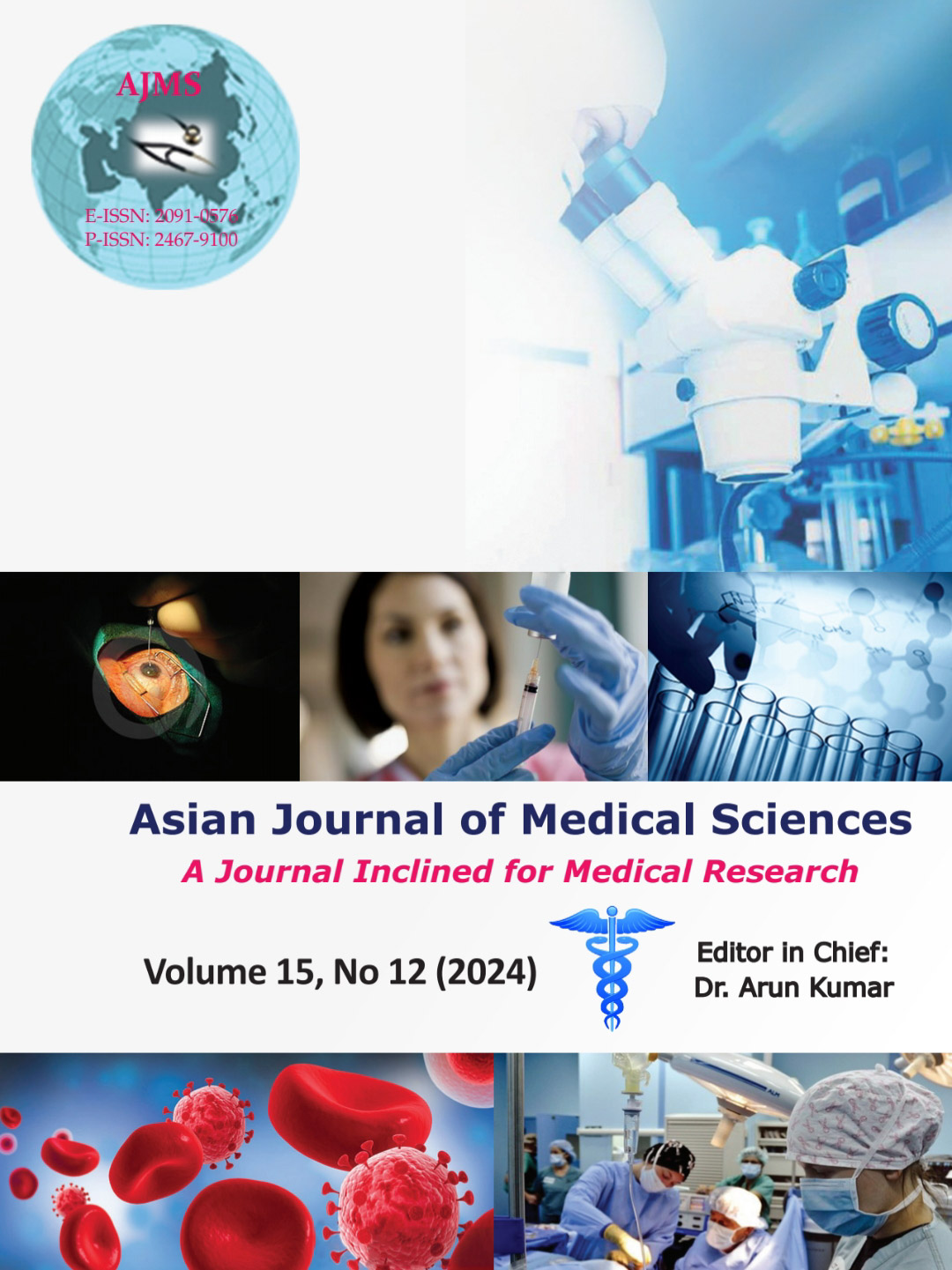Asian flushing, ADH1B, aldehyde dehydrogenase 2 genotypic status among the unique ethnic population of the Himalayan state of Sikkim, India
Keywords:
ADH1B; Aldehyde dehydrogenase 2; Alcohol induced flushing; Sensitivity; Specificity, SikkimAbstract
Background: Alcohol induced flushing a phenotypic instrument variable also known as “Asian flush” was first reported by Wolff (1972), commonly seen among East Asians. This phenotype is indicative of inactive aldehyde dehydrogenase 2 (ALDH2) and high activity of alcohol dehydrogenase (ADH1B).
Aims and Objectives: This study aimed to examine the sensitivity and specificity of the simple flushing questionnaire for identifying inactive ALDH2 and to examine the flushing, ADH1B and ALDH2 status across the three unique ethnic groups in Sikkim, India.
Materials and Methods: Two hundred and fifty consenting adults (age, ≥18 years) visiting the referral hospitals in East Sikkim were enrolled. Flushing questionnaire was assessed among the 201 alcohol users, who were categorized as “non-flusher,” “current flusher,” and “former flusher.” ALDH2 and ADH1B genotyping were done on the all 250 subjects by polymerase chain reaction - restriction fragment length polymorphism blinded from flushing response status.
Results: In the study, 201 were alcohol users and 49 were non-alcohol users. The sensitivity and specificity of the flushing questionnaire against inactive ALDH2 genotypes were 84.6% and 93%, and the positive predictive value was 45.8%. 19.5% Bhutia/Sherpa, 8.3% Nepalese and 11.1% Lepcha reported current flushing. Only two Bhutia reported former flushing while remaining were “non-flushers.” ALDH2 (6%) and ADH1B (4.4%) genotypes, respectively, were seen with allele frequency of 0.06 for ALDH2*1/2*2, and 0.004 for ADH1B*2/*2, 0.044 for ADH1B*1/*2. ALDH2*2/*2 were not observed in this study.
Conclusion: Alcohol induced flushing, ALDH2 and ADH1B genotype is reported across the ethnicity, among Sikkimese people, and this flushing is the first report from India.
Downloads
Downloads
Published
How to Cite
Issue
Section
License
Copyright (c) 2024 Asian Journal of Medical Sciences

This work is licensed under a Creative Commons Attribution-NonCommercial 4.0 International License.
Authors who publish with this journal agree to the following terms:
- The journal holds copyright and publishes the work under a Creative Commons CC-BY-NC license that permits use, distribution and reprduction in any medium, provided the original work is properly cited and is not used for commercial purposes. The journal should be recognised as the original publisher of this work.
- Authors are able to enter into separate, additional contractual arrangements for the non-exclusive distribution of the journal's published version of the work (e.g., post it to an institutional repository or publish it in a book), with an acknowledgement of its initial publication in this journal.
- Authors are permitted and encouraged to post their work online (e.g., in institutional repositories or on their website) prior to and during the submission process, as it can lead to productive exchanges, as well as earlier and greater citation of published work (See The Effect of Open Access).




